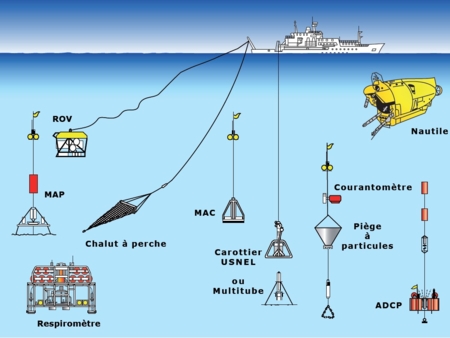Comparative genomics of closely related Thermococcus isolates, a genus of hyperthermophilic Archaea
The immense genomic diversity of microorganisms allows them to live everywhere, even in extreme environments such as deep hydrothermal vents. Scattered over the seabed, these are a good model for studying the biogeography and genomes diversification. A comparative genomics approach has been used on closely related isolates, of the genus Thermococcus. This work aimed at identifying mechanisms that have a role in the diversification of these genomes, and also to identify genes involved in this differentiation. For this purpose, two groups of about 20 isolates with different geographical origins were selected and sequenced.The geographical isolation resulting from colonization of new hydrothermal systems is likely to be a diversification and speciation factor for some isolates. But when hydrothermal sites are relatively close, it would seem that gene transfer between isolates is still possible. In this case, adaptation to new ecological niches would be a factor contributing to the genomes diversification. The comparative genomics approach allowed highlighting genes specific to certain subgroups, related to species. These genes are involved in amino acid metabolism, energy production and the transport of inorganic ions. This reflects selection pressures that these organisms may experience in these environments, otherwise hostile to many forms of life.







